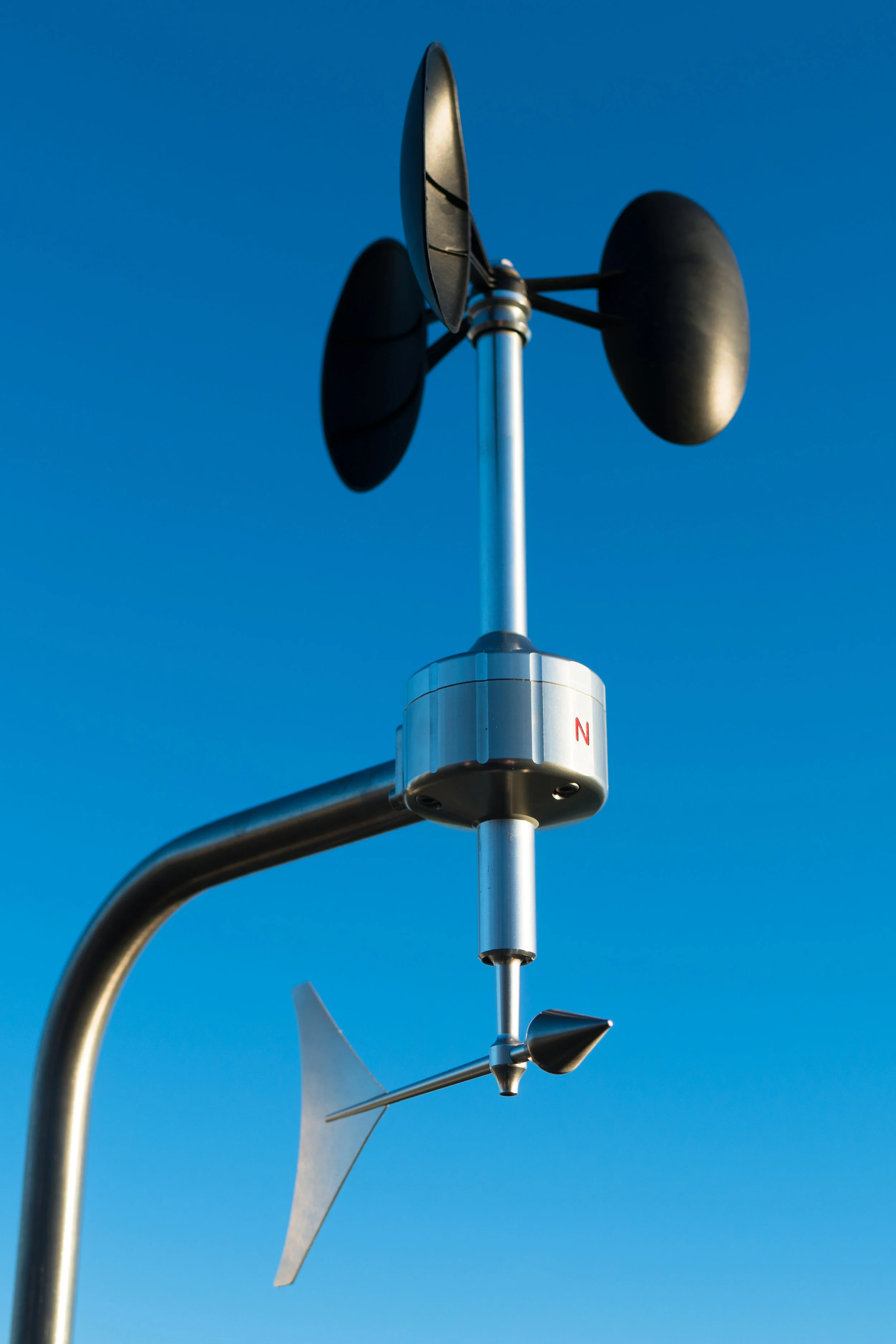A new leader in anemometer design for for wind resource assessment?
/Will the most established player in the wind resource assessment industry soon copy the MeteoWind® 2 anemometer with wind vane configuration from BARANI DESIGN to give up its lead in anemometer design? Would this finally lead to the adoption of combined wind sensors into the IEC 61400-12-1?
The "First Class" anemometer series are arguably the best anemometers the market has to offer. However, the recently released Advanced X anemometer from Thies CLIMA can be said to come in the footsteps of BARANI DESIGN's MeteoWind® 2, which is arguably wind resource assessment market's best anemometer and wind vane combo. The adoption of RS-485 MODBUS communication with user selectable RTU or ASCII output and a body/bearing heater with exactly 25W can be read right out of MeteoWind's data sheet. Could this be a reaction of a well-established player in the wind resource assessment industry to a new challenger?
BARANI DESIGN Technologies is known for their innovation and product quality. Let us wait and see whether they can take the lead away in anemometer design. If Thies CLIMA copies the MeteoWind® 2 configuration, the answer will be clear.
TECHNICAL NOTE: A combined wind sensor integrates an anemometer together with a wind vane. MeteoWind® 2 is able to meet MEASNET wind speed accuracy and linearity requirements with an integrated wind vane, while all other MEASNET capable anemometers are able to achieve MEASNET linearity and accuracy only in a stand-alone configuration.




